How to Detect Data Leakage
By Megha Patel
October 20, 2021
With an increase in remote work and internet activity, data leakages have never been more common than in this past year. Online data is frequently at risk of being used to cause personal, financial, and reputational damage to individuals and businesses. Thus, it is important to understand how data leakage works in order to implement the right prevention methods.
What is data leakage?
Data leakage is when data is accessed, shared, or stolen by an unauthorized, external personal. This can happen via the web or physically. Either way, it can seriously infringe on the privacy rights of both individuals and companies. In fact, data breach costs increased from 3.86 million USD to 4.24 million USD – this 1.07 million USD difference in the last 17 years is directly correlated to an increase of participants in remote work.
Different Types of Data Leakages
Accidental Breaches. Oftentimes, data leakages do not harbor malicious intents. Employees in a company might accidentally spam a marketing email, or a benign bot might unintentionally access confidential data. Data can easily be misplaced by the click of a button. Despite the seemingly harmless nature of these breaches, any type of data leakage is a serious privacy concern.

Targeted Breaches. Unfortunately, data leakages can be tailored for certain individuals or companies. Data exfiltration is the unauthorized movement of data either manually, perhaps by disgruntled employees, or externally, by malicious bots. There are numerous different approaches of malware that seek to access private data: spoofing, ransomware, phishing, and more. These common cybersecurity threats attempt to mislead users into sharing credentials that can be used to access private data.
Data Leakage Prevention
Data Leakage or Loss Prevention (DLP) methods require organizations to have an adaptive security culture and be able to use numerous indicators to assess privacy risk factors. In other words, DLP is an adaptive practice that utilizes pattern recognition and fingerprinting methods to identify and attack unauthorized personnel. This type of software first identifies if data is considered confidential and is then wired to locate breaches and prevent further leakage.
DLP aims to protect individuals and companies from malicious attacks that expose and use confidential data. Companies can use DLP by identifying sensitive information and categorizing it as high risk data. Then if the DLP program is deployed, it will monitor access and activity to this information, hopefully preventing data leaks. Some popular DLP products that you can deploy are Symantec, Digital Guardian, and Code42.

How To Stay On Top of It
Be Adaptable. As technology advances, cybercrime is always changing, so cybersecurity tactics are required to adapt to protect users against these new threats. In order to detect data leakages, stay informed about recent malware and the best ways to prevent attacks.
Employ DLP Practices. As mentioned before, consider using DLP packages for your company. This software is designed to protect your personal data!
Authenticate Identification of Users. To effectively prevent hackers and bots with malicious intents from accessing confidential data, you can properly authenticate users’ identities with a single sign-on. Businesses can use an anonymous single sign-on, like humanID, that does not store any personal data. This safe alternative can significantly decrease the chances of data leakage.
Above all, it is important to have clear communication about cybersecurity measures in your company. If there are clear policies and authentication methods in practice, data leakages can be detected much quicker.


